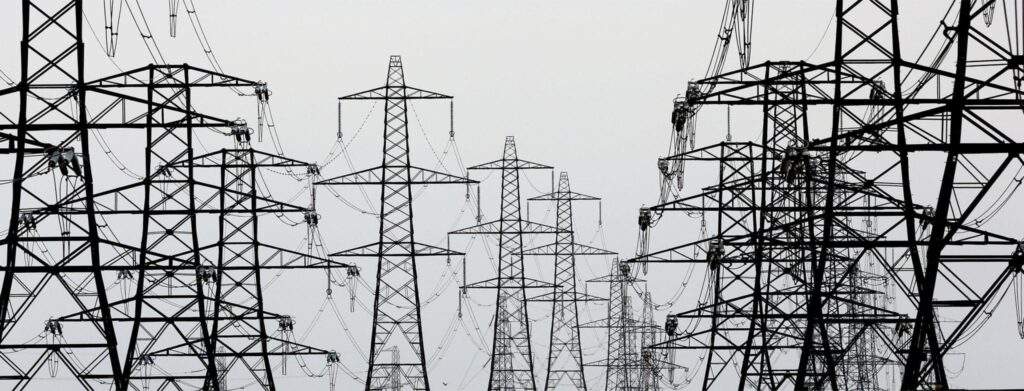Following the recent approval of a 250 per cent electricity tariff hike by the Nigerian Electricity Regulatory Commission, there are some key points that all Nigerians should be aware of.
The hike, which sets the price at N225 per Kilowatt for ‘Band A’ electricity customers, marks a significant shift away from electricity subsidies in the Nigeria Electricity Supply Industry. This comes at a time when the country is facing persistent challenges with power supply.
It is important to note that only customers classified as Band A, who receive a minimum of 20 hours of power supply from the eleven electricity distribution companies, will be affected by this tariff increase. According to the Vice Chairman of NERC, Musiliu Oseni, this accounts for only 15 per cent of the 12.12 million electricity customers in Nigeria.
For those under Band A, the hike means they will now be paying 250 per cent more for electricity, effectively removing any subsidies they may have been receiving. These customers, who are predominantly located in urban areas, consume a significant 40 per cent of the country’s electricity.
Despite the increase in tariffs, it is important to note that this will not necessarily lead to an improvement in the power supply to affected customers. The implementation of the new tariff began on April 3, 2024, meaning that customers under Band A have already started paying the increased rates.
It is worth mentioning that since the beginning of the year, customers across all bands have been experiencing erratic power supply in Nigeria. The Minister of Power, Adebayo Adelabu, has attributed this to constraints in the availability of gas, which is a key component in power generation.
As Nigerians navigate through these changes in the electricity sector, it is crucial to stay informed and understand the implications of these developments on their daily lives.
